The history of the church of St. Józef Rzemieślnik dates back to the beginning of the 19th century. The old school building was in the years 1909-1910 converted into a chapel dedicated to St. Joseph the Bridegroom of the Blessed Virgin Mary. At that time, the parish priest from Jadowniki Podgórne, Bolesław Gruszyński, consecrated this
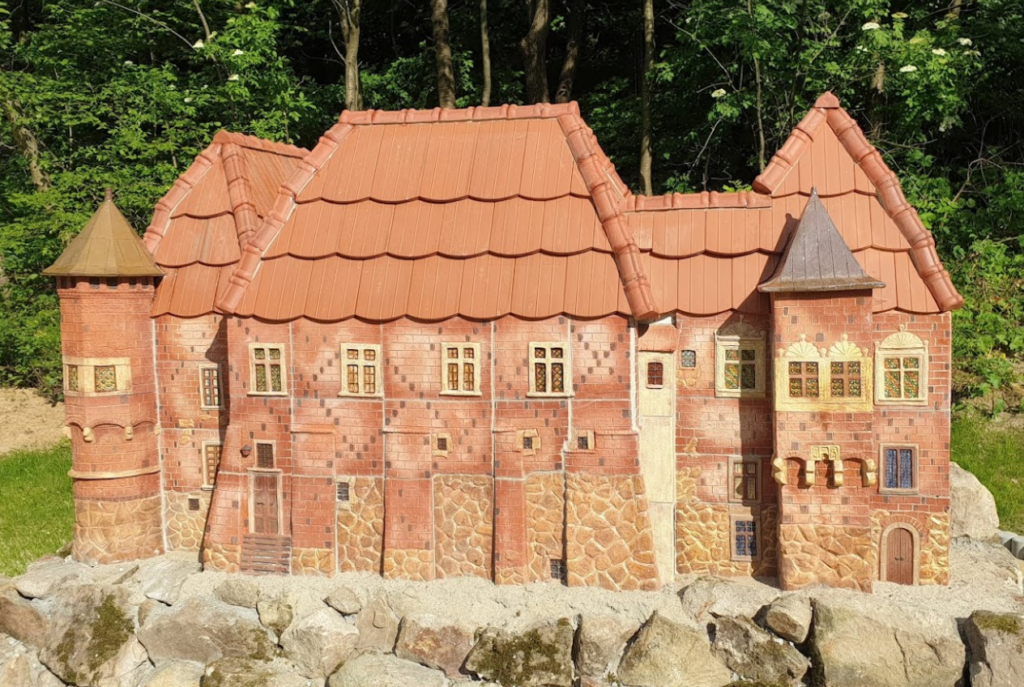
Historical path around the Krakus amphitheater, ceramic models
Historical path around the Krakus amphitheater, ceramic models
 2020-09-01T21:31:57+02:00
2020-09-01T21:31:57+02:00
The history of Łysa Góra is connected with with the production of ceramics produced on a large scale during the heyday of the “Kamionka” Ceramics Plant, whose products were known throughout Poland. In order to preserve the traditions of Łysogóra ceramics, a historical path was created around the “Krakus” amphitheater with ceramic models, benches, pavements
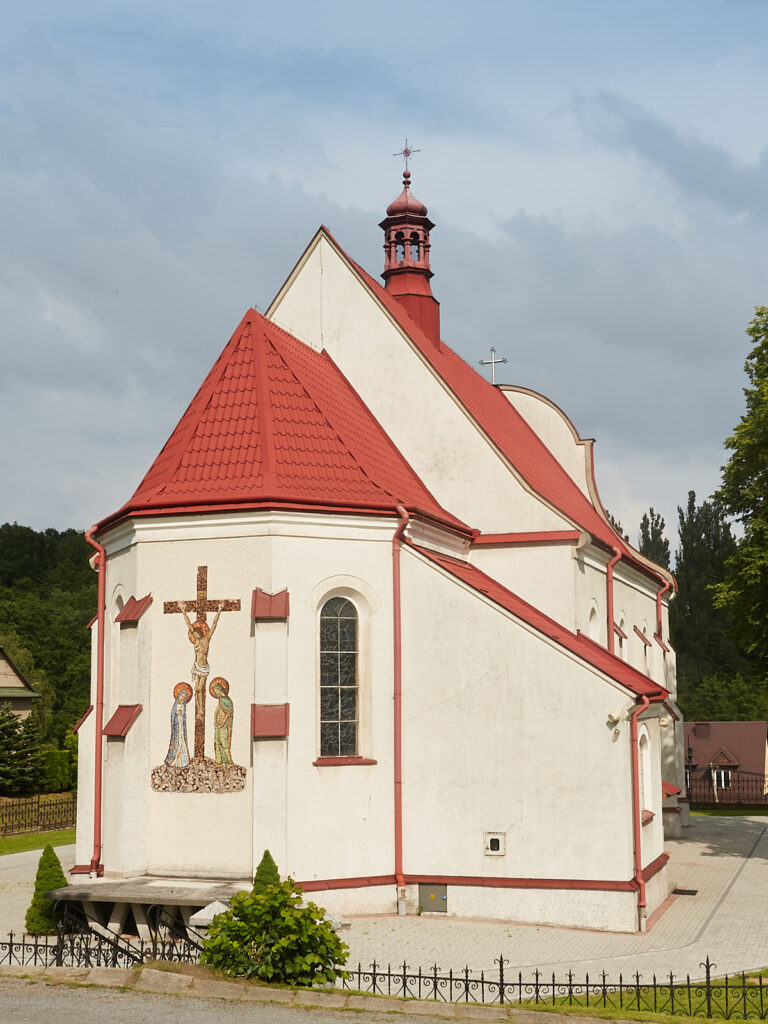
Church, parish Our Lady of Perpetual Help, ceramics inside and outside the church, several authors, 1983-1985, ceramic trail
Church, parish Our Lady of Perpetual Help, ceramics inside and outside the church, several authors, 1983-1985, ceramic trail
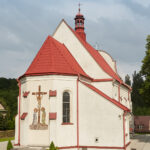 2020-09-01T21:25:25+02:00
2020-09-01T21:25:25+02:00
The church was built in 1920-1922. In 1972, in connection with the 50th anniversary of the parish church. The walls were renovated and a ceramic painting of Our Lady of Perpetual Help made by Stanisław Jakubowski was installed on the front of the church. Work in the church itself began in 1983 with the implementation

Chapel Sacred Heart of Jesus, Władysław Flis, ceramic sculptures and reliefs in the interior, 1991, ceramic trail
Chapel Sacred Heart of Jesus, Władysław Flis, ceramic sculptures and reliefs in the interior, 1991, ceramic trail
 2020-09-01T21:18:30+02:00
2020-09-01T21:18:30+02:00
The chapel falls under the parish of St. Margaret in Dębno. At the entrance to the Chapel – on the wall, there is a ceramic, multi-colored mosaic depicting the scene of the Crucifixion. Stylistically homogeneous ceramic elements were designed and made by Julia and Władysław Flisy in 1991. Both the rectangular bas-relief stations of the
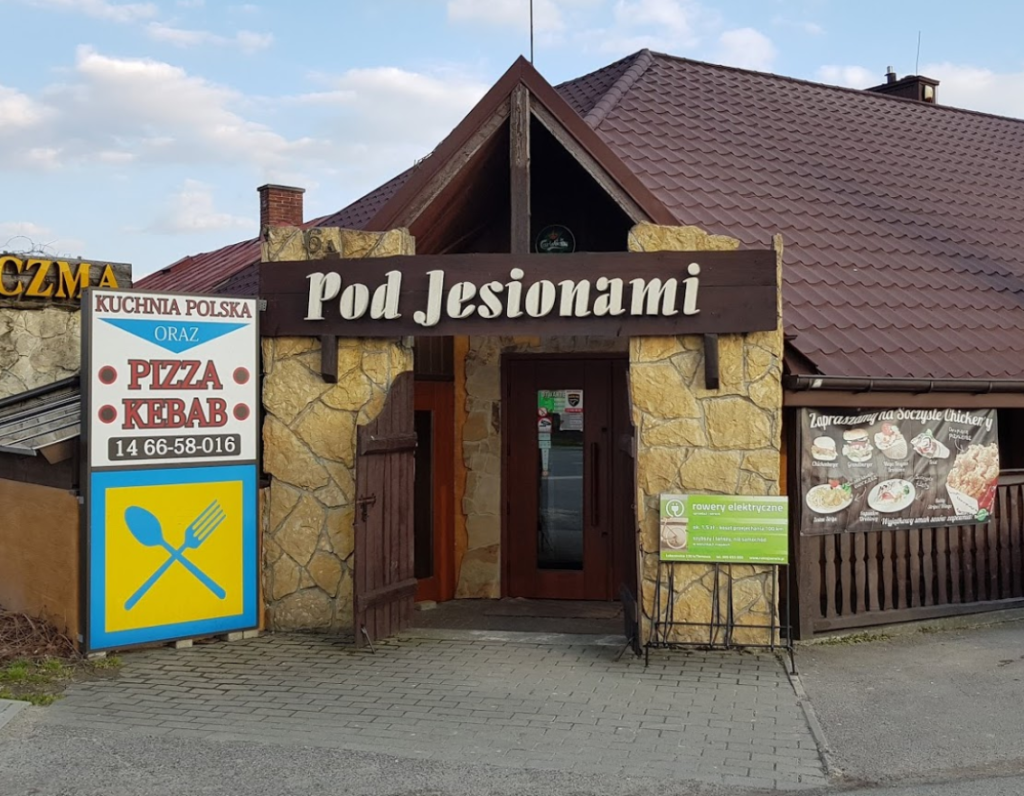
Restaurant “Pod Jesionami”
Restaurant “Pod Jesionami”
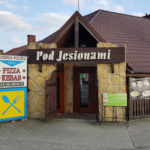 2020-09-01T21:16:26+02:00
2020-09-01T21:16:26+02:00
Ballroom and restaurant – traditional Polish dishes, pizza and quick meals. By route 96 (former E40)

Bicycle town
Bicycle town
 2020-09-01T21:07:46+02:00
2020-09-01T21:07:46+02:00
The bike town is a miniature of the city center showing streets, crossings, roundabouts and road signs. It is a great place where children and young people get used to the conditions of safe behavior on the road.



